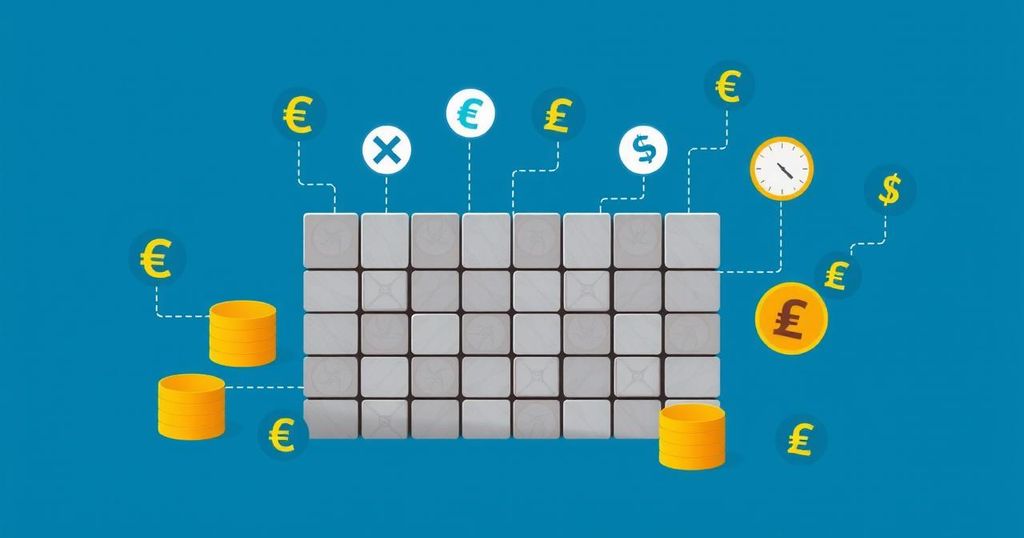President Trump condemned India’s high tariffs, claiming they hinder U.S. sales, while emphasizing India’s willingness to reduce them. He criticized global trade disparities, particularly with countries like India and the EU, and outlined changes to U.S. tariff policies. The current U.S.-India trade relationship reveals a substantial deficit in favor of India.
United States President Donald Trump reiterated his lengthy criticism of India’s tariffs, stating that they are excessively high and create barriers for American products. He expressed dissatisfaction with trading conditions, mentioning that one cannot successfully sell goods in India due to these steep tariffs. Trump noted that India has shown willingness to reduce these tariffs.
In a recent address, Donald Trump characterized India’s tariffs as extraordinarily unfair, indicating that they exceed the tariffs imposed by many other countries. He elaborated that groups of countries, including the European Union and China, impose significantly higher tariffs on American goods compared to what the United States charges in return.
Trump specifically pointed out that Indian auto tariffs surpass 100 percent, demonstrating a major impediment to U.S. exports. Since assuming office, he has initiated numerous tariffs affecting several nations. His administration has implemented up to 25 percent duties on imports from Canada and Mexico, asserting that starting from April, the U.S. will apply similar tariffs as those imposed by others.
During a prior press conference with Indian Prime Minister Narendra Modi, Trump acknowledged the challenges faced when navigating the Indian market due to its robust tariff structure, which he described as a different trade approach. The financial implications of this trade relationship are notable; the U.S. goods trade with India was valued at approximately USD 129.2 billion in 2024, with a significant trade deficit reflecting the imbalance in exports and imports between the two countries.
In summary, President Trump has consistently condemned India’s high tariffs, which he believes severely hinder U.S. trade opportunities. His administration’s strategy involves reciprocal tariffs, aiming to create fairer trading conditions. The ongoing dialogue regarding tariff reductions suggests a potential shift in trade relations, albeit amid apprehension over existing trade imbalances between the United States and India.
Original Source: www.ndtv.com






